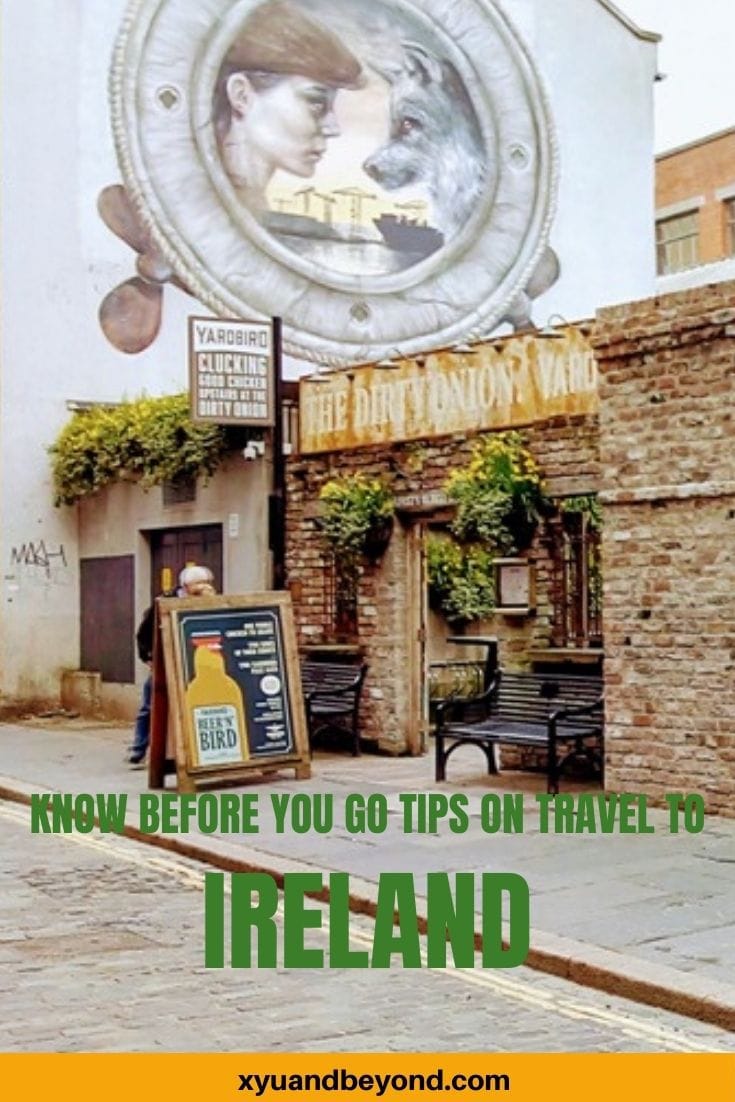53 Ultimate Ireland Travel Tips
53 of my ultimate tips for travel to Ireland, I spent a great deal of time researching and investigating all the best tips for travelling to Ireland for the first time. It wasn’t easy (but it was a lot of fun) but here it is all the Irish travel tips you need when you start your planning for Ireland.
It doesn’t matter if you are coming from the USA, Canada or even Europe if you are planning a trip to Ireland it’s always handy to know what you might need to bring with you or what to expect when you travel to Ireland. I would recommend spending 3 days in Dublin and then getting out to see the rest of the country.
It’s always a bit daunting when you travel outside your own country, but travel to Ireland is pretty easy. You may have trouble with the Irish slang and the accents but for the most part, we all speak English here although in some parts of Donegal, you might be in need of a translator just because of the accent.
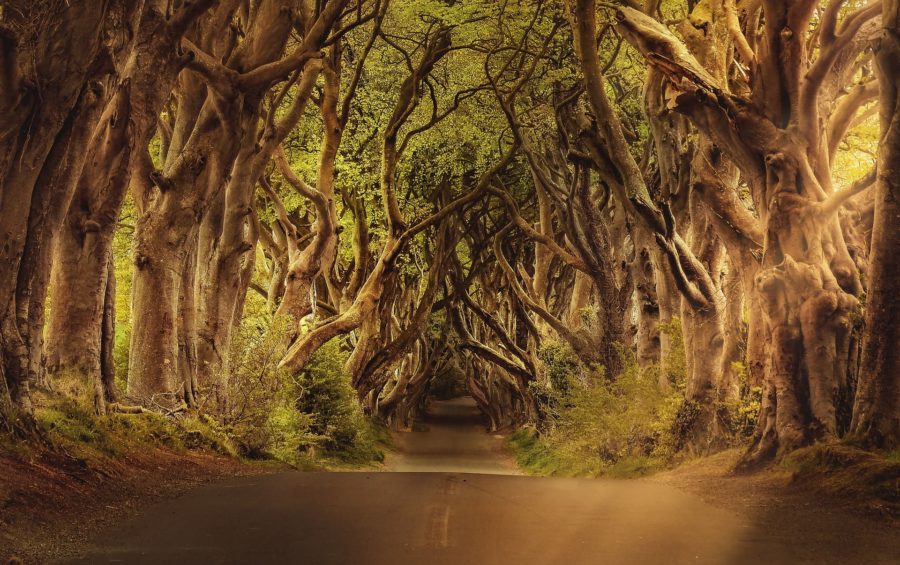
How to plan your dream trip to Ireland
Irish travel is a journey into the past in many ways, particularly for N. Americans so there are quite a few things you wish you might have known ahead of your trip to Ireland. I’ve put these Irish travel tips into a simple format of 55 tips, but I wanted to say let all of your expectations go. You will find Ireland to be one of the friendliest and safest places on earth.

One of my best Ireland travel tips is to be friendly. I know from living in Canada for many years it is hard for us to strike up a conversation in a bar and we look with suspicion upon someone who starts to chat with us. Here in Ireland that is the norm, there is no generational divide in the pubs you will be drinking with everyone from serious oldsters to those who don’t look old enough to be out after dark let alone be drinking. These are the things i wish i knew before traveling to Ireland.
What is the best way to travel around Ireland? The best way to really see Ireland is to rent a car, but if you are nervous about driving don’t be. The roads may be narrow but unlike North America, they are relatively uncrowded once you get outside Dublin. One word of advice don’t drive in Dublin it is a very walkable city and you don’t need a car.
Public transportation outside of the major cities is a huge drawback in Ireland as the options are very limited. So plan your carless trip carefully.
Travelling Ireland without a car: Tips from a local
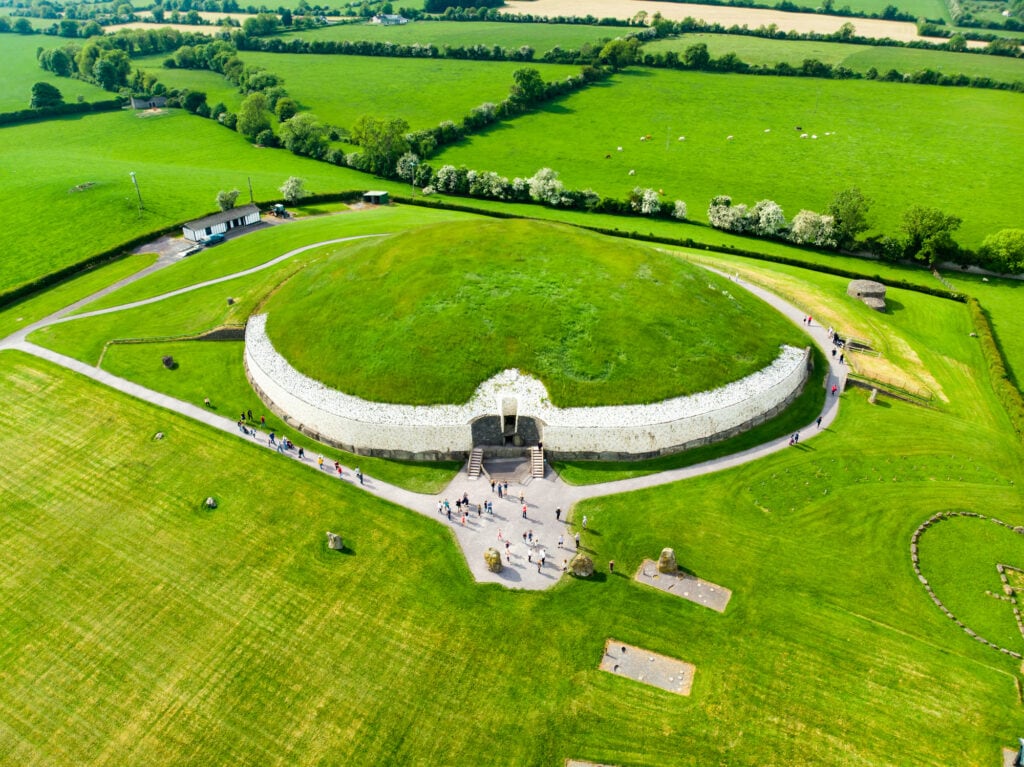
Best tips on visiting the awesome Newgrange Tombs in Ireland
All this nonsense about boomers and millennials just doesn’t exist here in Ireland when you travel to Ireland this is one of the first things you will notice. So having said that here are my brilliant travelling to Ireland tips.
Things to know when visiting Ireland
1) The Republic of Ireland and Northern Ireland are on one island but two separate countries. Don’t confuse the two and don’t call the Republic South Ireland or call anyone there British.

2) The two countries have two separate currencies. In Northern Ireland, they use sterling or the British pound. In the Republic we use euros.
3) When you are travelling to Ireland you can use your credit cards and debit cards here in both the North and the Republic. A great tip though to make sure you get charged less on the exchange ask for it to be in Euros or Sterling when shopping. Oh, and American Express is not used here so don’t bother, go with your bank debit card, Visa or Mastercard.
4) Don’t expect to go into a bank in Northern Ireland to exchange money they don’t. Head to the Post Office instead.
5) Don’t worry about travellers’ cheques nobody uses them anymore.
6) Do bring some small change with you both in Sterling and Euros. About 100 dollars in small bills will work so that you can buy a bottle of water, or pay a toll with your change. Have both handy when crossing the border. Some tolls give change some don’t and others like the one on the M50 around Dublin. This is called an E-flow toll which means it tags your license plate but you have to pay the toll before 8 pm the next day. You can pay it online here or in person with cash or card at any conveniently located retail outlet nationwide that has the Payzone sign.
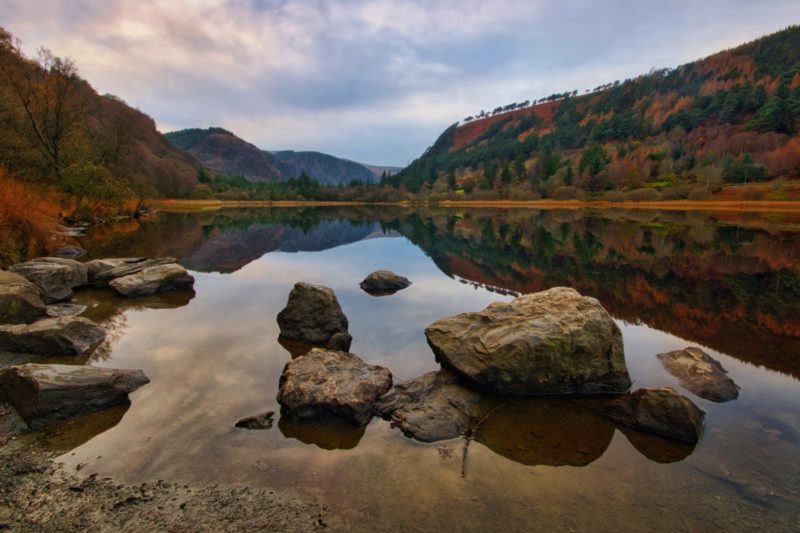
7) Don’t worry about crossing the border between the Republic and Northern Ireland, for the most part, you won’t even notice until you see the speed signs change from Kilometers to miles.
8) When travelling to Ireland and within Ireland, remember to keep all your receipts for things you buy so you can claim back that nasty VAT and get a refund.
9) Keeping #8 in mind in the Republic order a Horizon card to make life easier when it comes to claiming back that VAT.
10) In Northern Ireland and the Republic, many stores offer refund paperwork right at the cash desk. You will need your passport to prove you are a tourist but the information can be processed. If you don’t do this simply keep all your receipts and claim the VAT refund at the airport. The refund will be sent to your home address eventually.

11) You can rent a car to go travelling in Ireland but if you are travelling across the border expect to pay an additional charge and notify your car rental agency you are going to travel across the border.
12) If you only feel comfortable driving an automatic car you will pay an extra fee for the privilege.
13) Yes in both countries we drive on the left which can scare many a tourist.
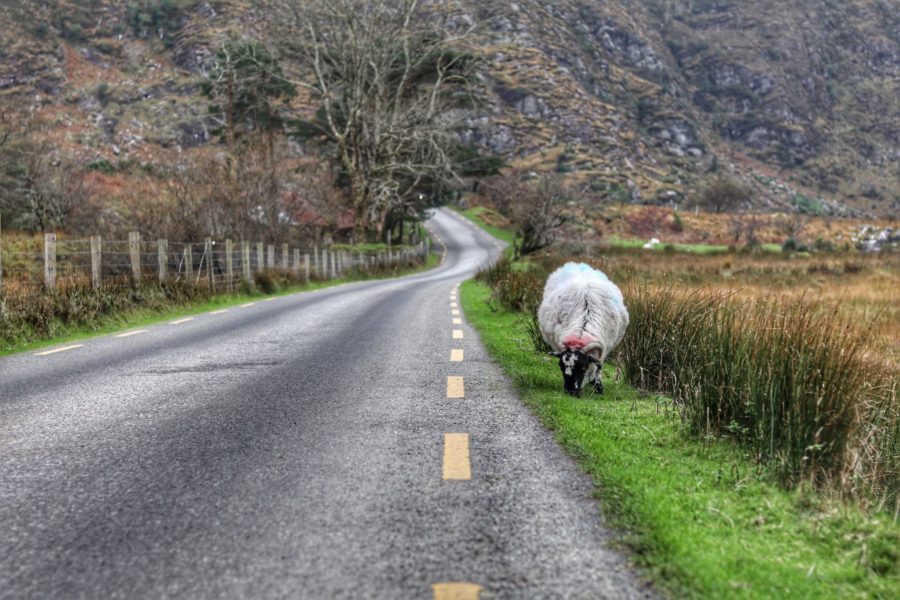
14) Renting a car in Ireland is expensive the insurance is extortionate. You may be able to use your credit cards insurance but check with the company first and bring with you a letter stating you are covered. However, you will get a large hold put on your credit card for the privilege.
15) Learn how to use a roundabout before you arrive, they can be very intimidating but once you get used to them you will wish they were in your city. Roundabouts – are all over the place in Ireland. They can be small or major junctions. In all cases, traffic from the right has the right of way.
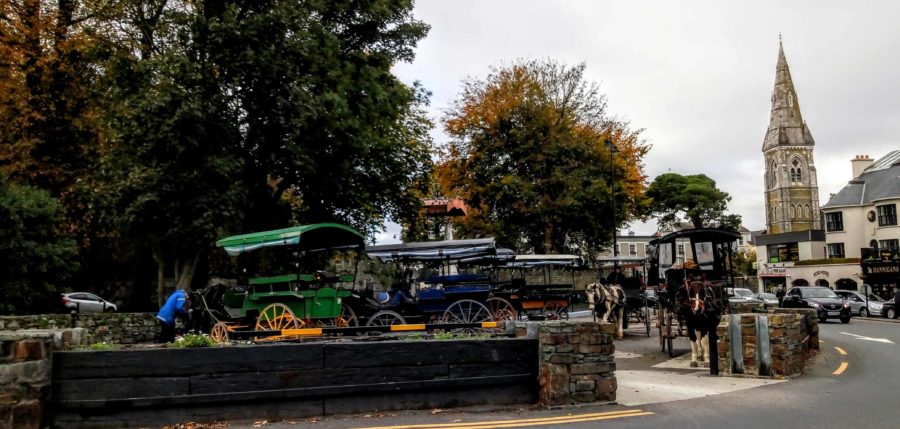
You should be positioning yourself in the correct lane if applicable BEFORE you arrive at the roundabout. Some roundabouts have 2/3/4 exits. You should know your exit and INDICATE accordingly. I strongly suggest folks spend a few minutes reading up on this.
16) In both the Republic and the North slow drivers are encouraged to pull over to the side of the road to let faster vehicles pass.
17) Don’t expect “road rage” in either country. Roads here are small and narrow and it is polite to pull over and share the road when a vehicle is passing on a narrow road.
18) You may hear a lot of swearing, get used to it the Irish on both sides of the border are pretty free with the curse words.
19) Most hotels and B&B’s use duvets (comforters) don’t expect a top sheet.

20) Hotels and B&B’s will rarely supply a washcloth/flannel they are not very sanitary so if you like them to bring your own.
21) Many B&B’s don’t have a shaver or socket in the bathrooms as it is considered a hazard.
22) Bring with you an adaptor that works for all your devices, you won’t need a separate one for your phone charger as USB’s are the same the world over.
23) Leave the hairdryer and hair appliances at home the wind will take care of your hair as soon as you step out of the door and most B&B’s can supply hairdryers.
25) Tipping is gratefully accepted but not required or mandatory. It’s not that the Irish are paid a great wage when working in hospitality they aren’t, but they rarely get tips.

26) Don’t wear Irish flags or hats and so on when you visit Northern Ireland and the same goes in reverse for visiting the Republic. Travelling in Ireland does require some sensitivity on the part of visitors. Don’t refer to the North as Ireland it is Northern Ireland and the south is not the “south” it is the Republic of Ireland.
27) Check if your hotel has an elevator or lift, dragging a heavy suitcase up two flights of stairs can be horrendous.
28) If you have some mobility issues bring your handicap parking sticker with you and double-check the sites you want to see are accessible. Many are and the information is available on their websites.
29) Bring a good pair of walking shoes, you won’t need hiking boots unless you plan on some serious hiking but you will need good shoes as a lot of walking is done in Ireland.
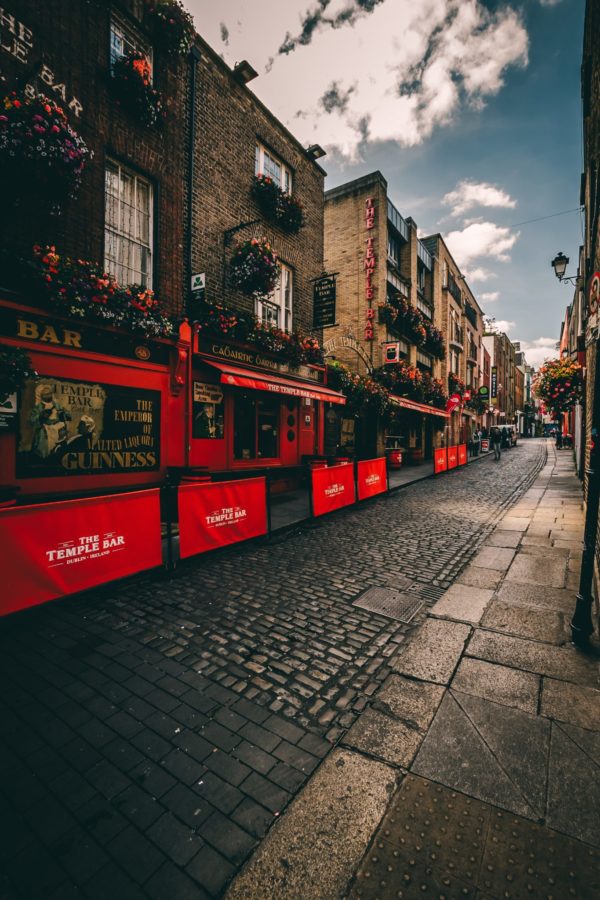
30) Dublin is a very walkable city but get a map online and plan the areas you want to visit before you go it’s pretty easy to get lost and turned around going in the wrong direction.
31) Note that most restaurants close at around 9 pm so have snacks handy to keep you going.
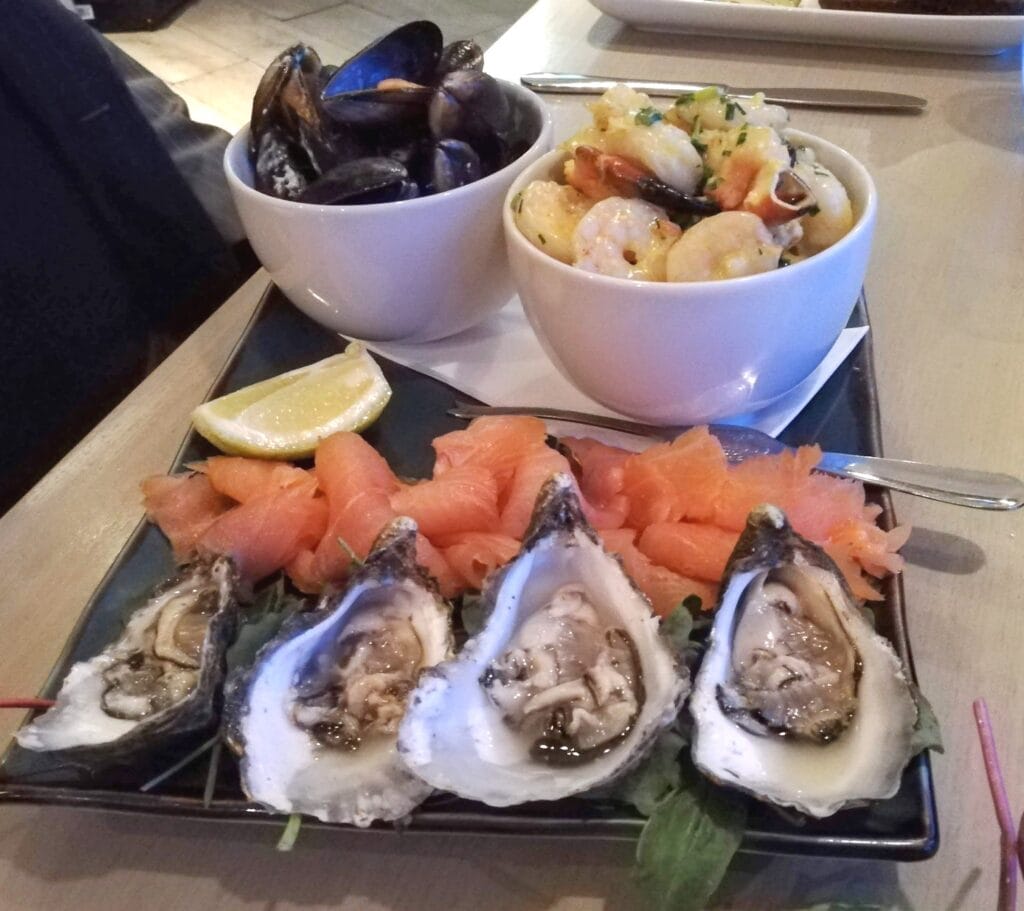
32) lots of cafes and coffee shops close around 5 so keep that in mind as well. It can be difficult to find a sandwich and coffee after that time if you don’t want a heavy meal.
33) Many pubs do serve food but don’t expect anything gourmet. The food will be good, local and wholesome but not particularly adventurous.
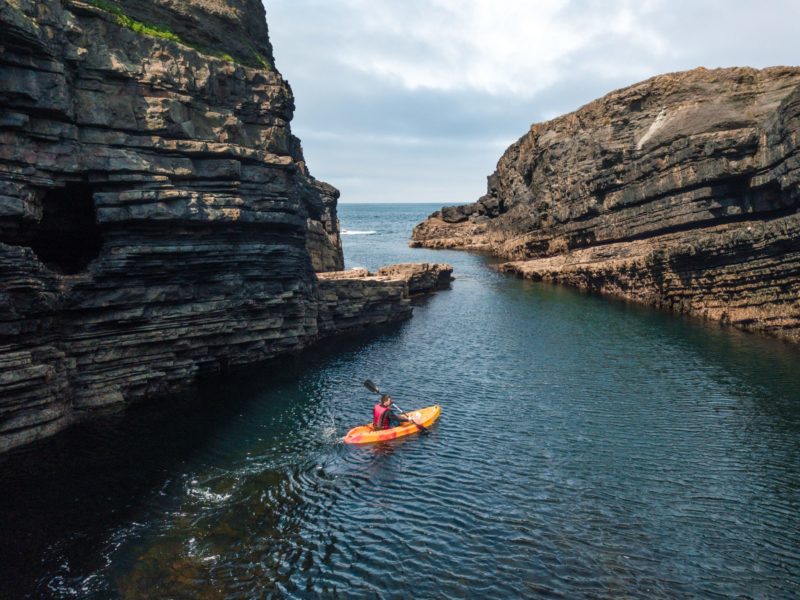
34) Looking for affordable accommodation, check out the Universities in Dublin, Cork, and Galway. They often rent out great rooms in the summer months when students are not in class. Many times the locations just can’t be beaten for convenience to a city centre or public transport.
35) All areas of Ireland are accustomed to special diets and it is the law that ingredients are declared and a list available. So if you are dairy, gluten or any other intolerant or allergic don’t worry you are in safe hands. Travellers who have never been out of their own country worry about these kinds of allergies but travelling in Ireland is easy peasy and 100% follow the legal requirement to name every ingredient.
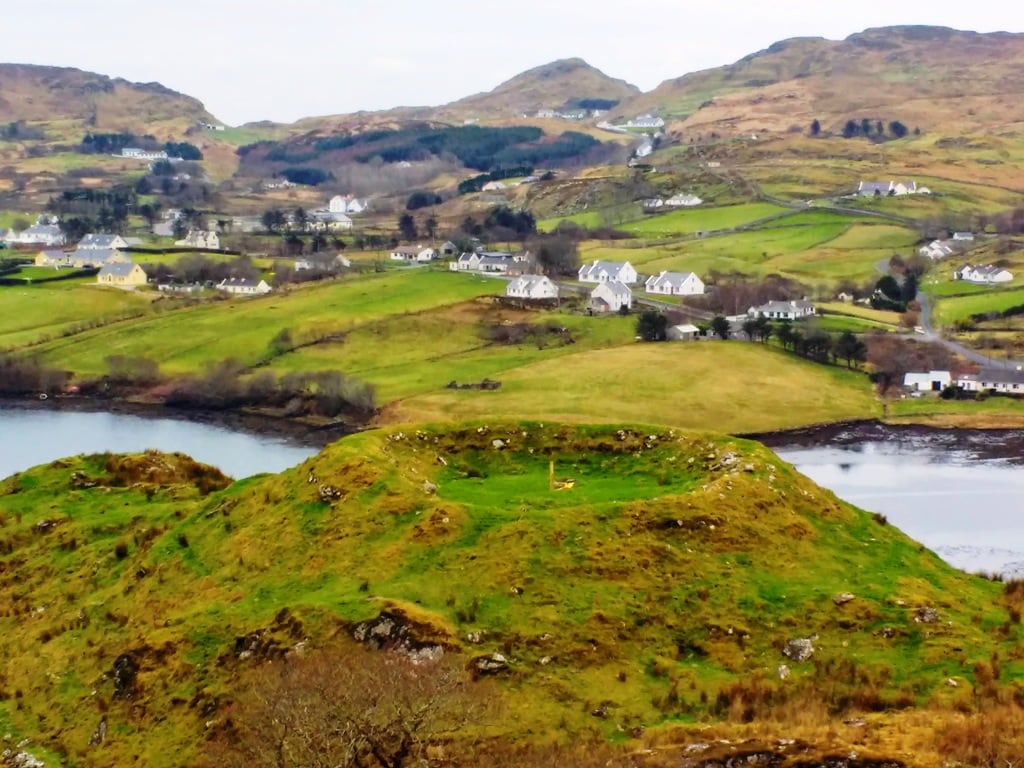
36) Public transport is virtually non-existent in many rural areas. The larger cities are well served by buses, trams and some trains but in places like Donegal, there is no local bus network system. In many rural areas, there is a service Called Local Link. You can’t buy tickets online but you can see where and when those small buses run by visiting their website.
37) Bus Eireann is the bus service that goes all over Ireland and you can plan your travel by looking at their schedules and pricing using their Journey Planner online
38) There are trains in Ireland but they do not go all over the Island. Check out the schedules and destinations before you arrive and plan your journey accordingly.
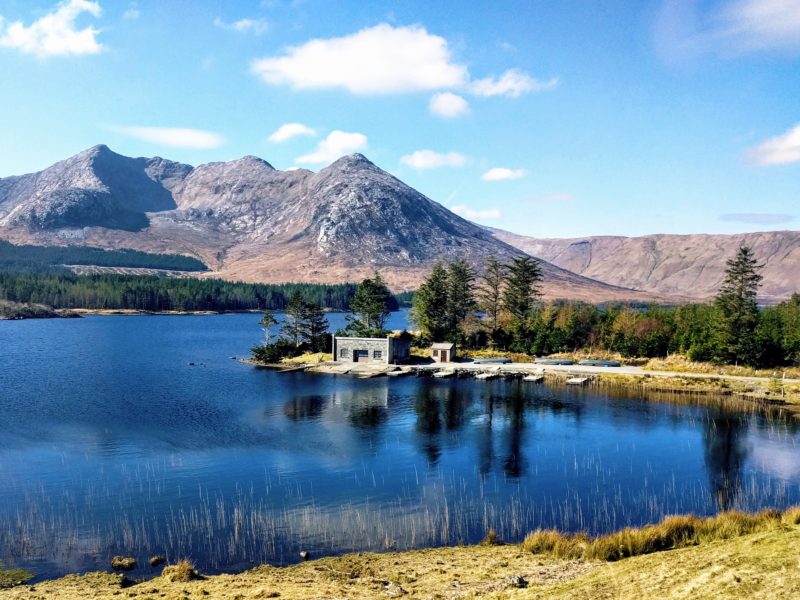
39) In Ireland the electricity is 230V and in N. America generally, it is 110V make sure you have the right adaptor before you come. A multi European one is the handiest and if it has a couple of USB plugs so much the better. For Ireland and the UK, the associated plug type is G, which is the plug that has three rectangular pins in a triangular pattern.
40) Travelling to Ireland with medications. The first tip is don’t pack in your checked luggage as this may just go missing. Carry them in your hand luggage for the most part Customs and Security don’t care about your meds unless they are heavy pain meds then you should have a letter from your doctor stating why they are necessary.
41) Over the counter pain relief, bandaids and first aid stuff is pretty darn inexpensive here in Ireland compared to Canada so don’t worry about packing a first aid kit and taking up valuable luggage space.
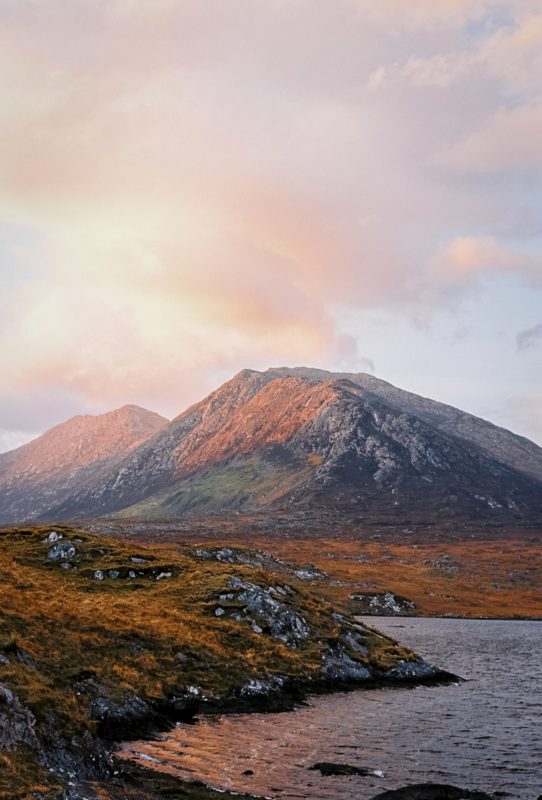
42) Speaking of luggage pack light. Pack your stuff then take out 30% and repack. You want small luggage to fit in small cars if you rent one and again even if taking transit the last thing you want to do is drag around heavy luggage. Packing, well all I can say is bring with you a good pair of walking shoes and a waterproof light jacket. The rest should be all layers, you won’t need high heels or fancy clothes here, for the most part, Ireland is pretty casual.
43) Children aged 15 and over, but under 18, are allowed in the bar of licensed premises unaccompanied. Unaccompanied children aged 15 to 17 and accompanied children under 15 may remain in the bar of licensed premises between the hours of 10:30 am (12:30 pm on a Sunday) and 9:00 pm.
44) Visas: Citizens of certain countries must apply for an entry visa before they travel to Ireland. If you require a visit/holiday visa and do not have one when you arrive in Ireland, you will not be allowed to enter the country. A visit/holiday visa is for a short-term stay and will not exceed a maximum of 90 days.
45) If you are a citizen of an EU/EEA member state or Switzerland, you do not require a visit/holiday visa to travel to Ireland. You have the right to enter and reside in Ireland for a period of up to 90 days. Canadians and Americans also do not require a Visa to visit Ireland.
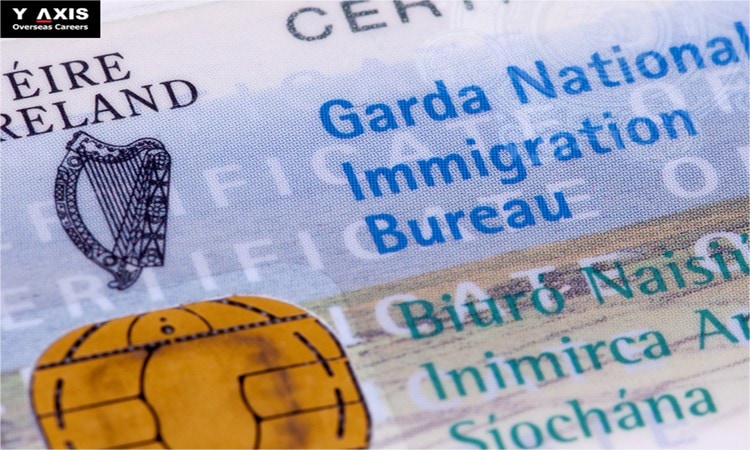
46) The Irish put sweetcorn in virtually everything lol, just kidding but expect to see it in Tuna Salad, on Pizza, in potato salad and other foods you just weren’t expecting.
47) The unwritten rule in the pub is if a coaster is sitting on top of the pint or drink it is a placeholder. The person will be right back.
48) Get your phone unlocked at home then when you get to Ireland pick up a SIM card they are usually free. Once you have the SIM get a data package from whichever provider gives you the best deal. 3IE gives you all you can eat data for €20 for a month. You can use What’s App, FB messaging or phone to call home when you need to. This will also allow you to use the Google maps app and GPS to get about when you are driving.
49) Very often in a B&B or an older hotel, you will find you have to turn on the shower before you get in. These are electric showers and require you to pull the cord to activate the shower.
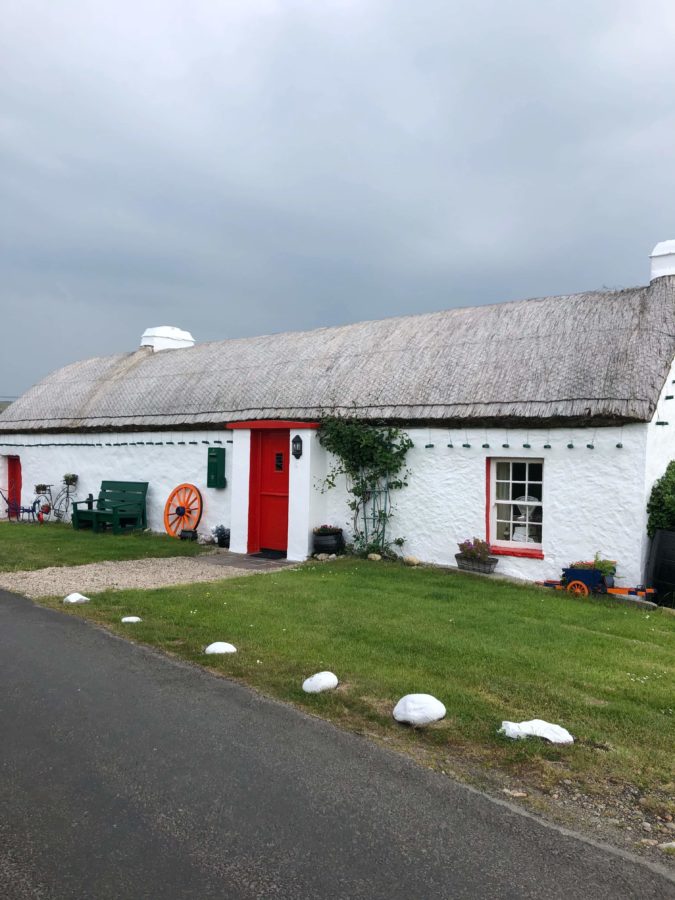
50) In a self-catering cottage be aware of 49 and if you need hot water in the sink to wash dishes or hands you may have to switch on the immersion heater which will be in a cupboard in the kitchen. Some have a timer and some don’t be careful to not leave the switch on all day it can get brutally expensive.
Traditional Irish cottages to rent for your vacation
51) Often hotels have a card slot to turn on the electricity in the room when you remove your keycard there is no power so don’t forget your devices won’t charge unless your keycard is in the slot.
The Best Glamping in Ireland
52) Best time to visit Ireland: The most popular months are from June until mid-October. These are the high season months in Ireland and you will find items like car rental, accommodation, and food much more expensive. The shoulder season of spring which is from mid-March until June is a great time to visit Ireland.
Some things may still be closed for the season but will open up usually around the end of March beginning of April. Late October to March is the low season with far fewer tourists clogging up all the sites. However, some sites will not be open to the public as they are difficult to maintain and make accessible during the winter months. So try and make a list of all the places in Ireland you want to see and double-check they are open in the winter months.
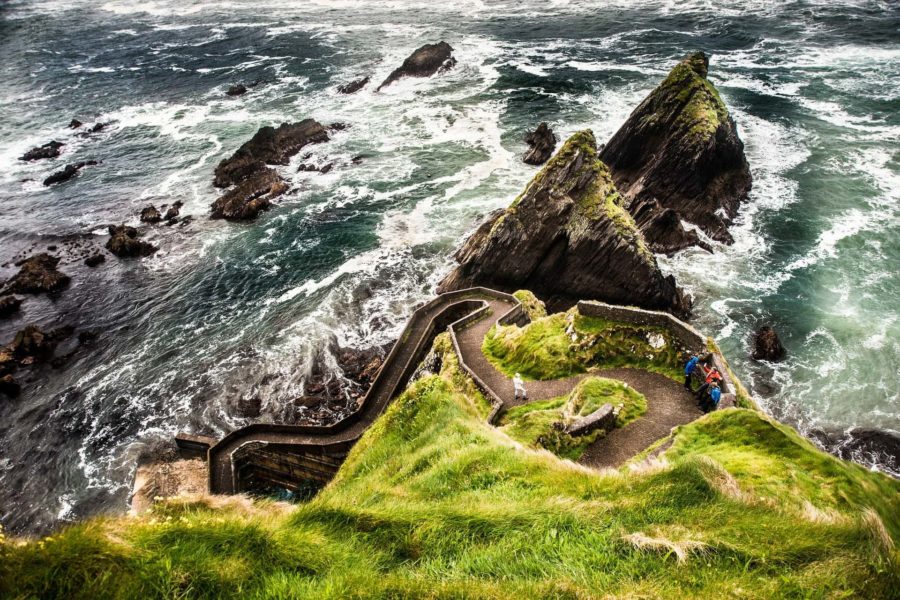
53) Heritage sites, museums and famous filming locations in Ireland: Most people have heard of the Game of Thrones and how it is filmed in Northern Ireland – you can visit many of the actual filming locations when you travel to Ireland.
There are also May the 4th be with you celebrations as Star Wars was filmed in Ireland. Many heritage sites run by the OPW are free on the first Wednesday of the month. Newgrange and some others like Kilkenny Castle are not included in this but you can see some amazing historic sites like the Rock of Cashel or Birr Castle absolutely free. But there are some tourist traps when you travel to Ireland.
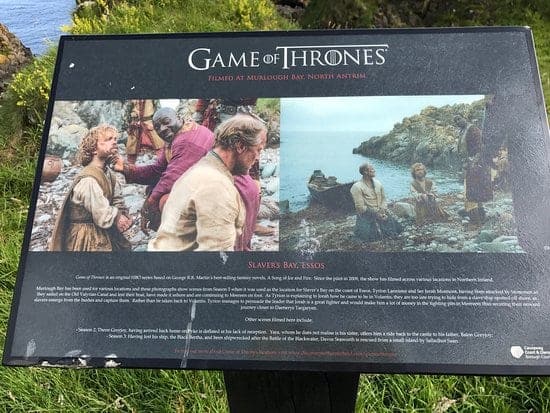
Have you heard of the Vikings TV show produced by the history channel? If not check it out before you come to Ireland and when you are here you can visit the filming locations – who knows you may catch one of the battles being filmed. There are also many museums and ruins to be seen in Ireland completely free of charge.

If you are worried about visiting Ireland in the winter months – don’t be there is simply so much to do and see particularly in Dublin check out fellow travel writer Naomi’s post Why you should go to Dublin in December it’s chock full of places to see and things to do.
Figuring out an itinerary when you are only able to spend a week in Ireland can be tricky but Tamara has a great one for you the ultimate Ireland itinerary for one week of exploring the Emerald Isle
Ireland Itineraries
I’ve lived in Ireland for a while now and have travelled the island from north to south and east to west – so if you want ideas of what to see and how to see them I have literally hundreds of articles you can read. Here are some of the various posts on the site you can take a look at.
Travelling in Ireland without a car
Road Trip Ireland A perfect 2-week Irish road trip
101 Landmarks in Ireland to see
101 Landmarks to see in Northern Ireland
Wild Atlantic Way Ireland Route A Road trip
36 of the best of Ireland’s Islands

There you have it 53 of the best tips you need for travelling to Ireland.
Just a final word take your time and plan to come back again, you know you will the magic of Ireland seeps into everyone who visits.
Want to download a PDF printable version? Simply click here.
Pin it to save it


